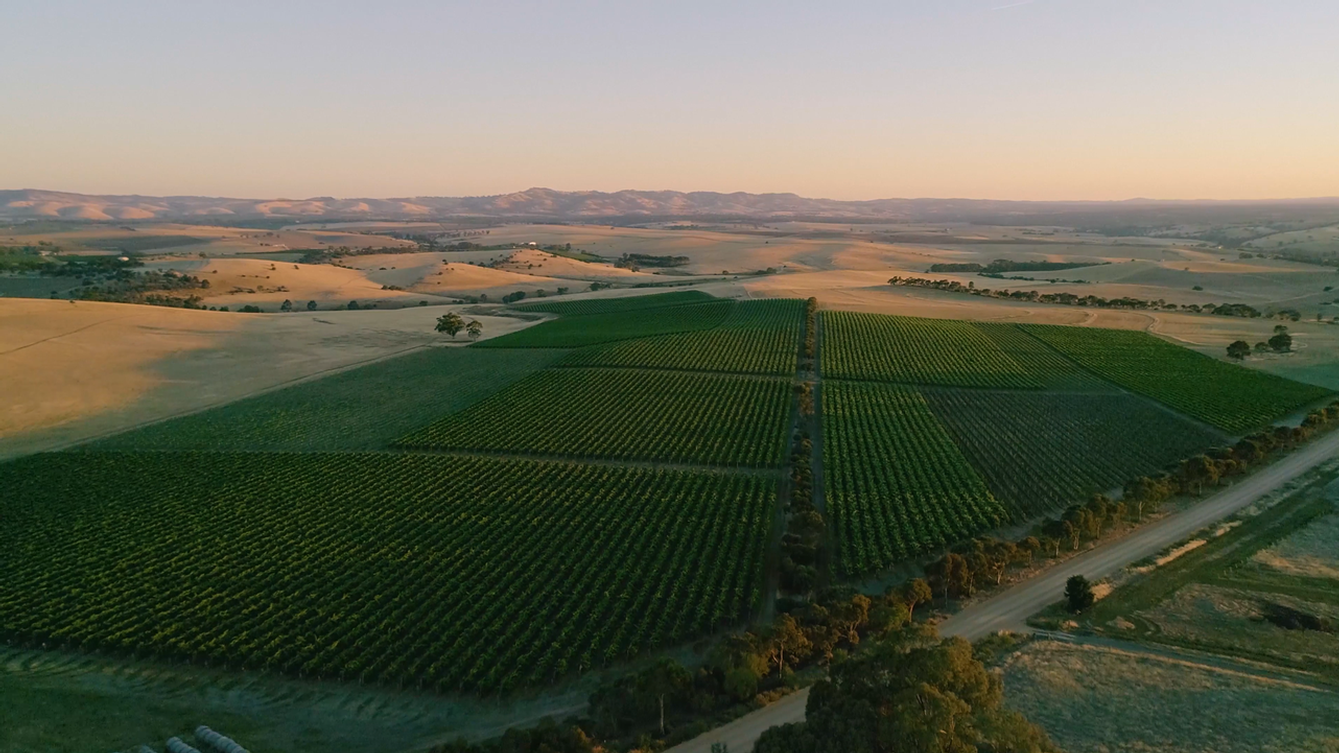THE VINEYARD & FARM
Estate Grown
Everything at Pindarie is in its right place, every hand placed stone and every planted vine. Each variety we grow offers a different taste to discover; all with exceptional depth of flavour and vibrancy.
The Western Ridge of the Barossa is a little different to the rest of our region. Here we have red brown earths and terra rossa strips on the upper ridge and our climate at Pindarie is best described as warm continental with a Mediterranean influence. These elements ensure that our wines are perfumed and aromatic, lively and bursting with flavour.
Pindarie is a pioneer and regional leader of emerging variety viticulture and home to compelling classic varietals that gives wine lovers the expertise and quality promise to confidently open doors and discover new favourites.

Vineyard Sustainabilty
As a certified member of Sustainable Winegrowing Australia, Pindarie is committed to farming sustainably. Wendy, a viticulturist, and Tony, an agriculturist, have spent their entire lives on the land and vineyards, this has given them a deep understanding of the significance of sustainable farming.
Over 15,000 native trees have been planted on the property since 1990, of which six hectares is fenced off as a dedicated native reserve. These plantings have resulted in a haven of natural biodiversity. Beneficial insects are in abundance eliminating the need for insecticides.
Some of our sustainable practices:
Planting more than 15,000 native trees over 30 years
Maintaining and caring for six hectares of fenced off native reserves
Growing our own firewood
Installing and using solar power
Utilising recycled materials in all restoration projects where possible
Recycling our bottles, cardboard & vineyard waste
Sheep control weeds in the vineyards throughout winter - fertilising as they wander
Reclaimed water is mixed with local irrigation supply to water the grounds and the property
The Vineyards
Area– 36 hectares
Elevation– 170m-250m undulating
Aspect– eastern slopes with rows running north / south
Soils– red brown earths and Terra Rossa strips on the upper ridge
Vineyard plantings– 1998 onwards
Rainfall– 470mm average annual




